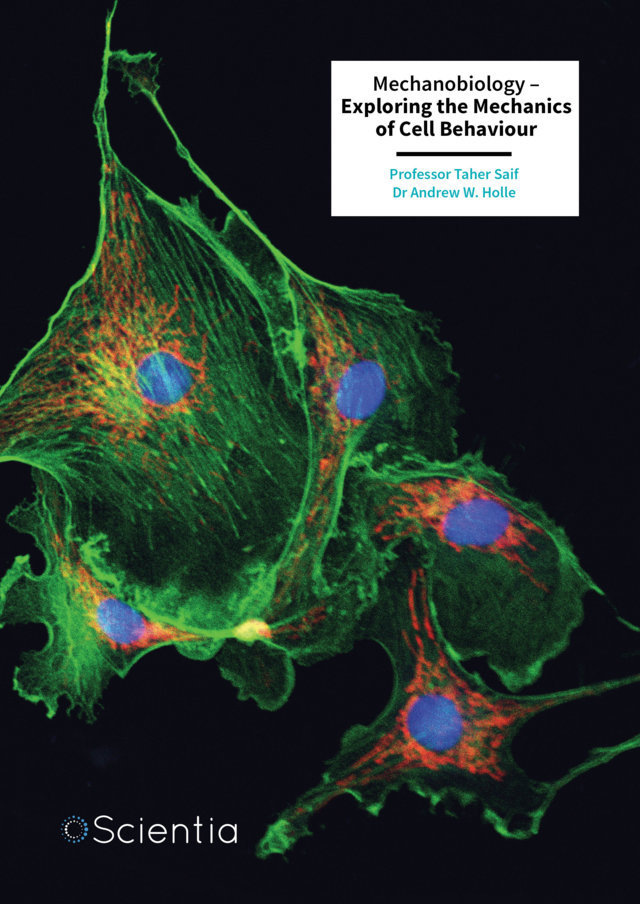Our hearing is amongst our most profound senses, connecting us to the surrounding world through sound. However, this connection is diminished or absent altogether in millions of people around the world because of hearing loss. Hearing loss is a common sensory disorder and is often hereditary. The condition can be caused by complex genetic factors, and so far, researchers have linked over 150 genes to hearing impairment. Now, a new collaborative study led by Dr. Qiang Wang of the South China University of Technology, Dr. Tao Cai from the National Institute of Health, and Dr. Yuan Li from the China-Japan Friendship Hospital in Beijing, has uncovered a new genetic clue, a mutation in the OXR1 gene, that could upend our understanding of hereditary hearing loss, and the eventual treatments that we develop to combat it. More
The research team began their study with a 4-year-old girl in China who was born with severe, congenital hearing loss. Although her physical ear structure and brain anatomy appeared to be normal, she failed standard hearing tests as an infant. Her parents, who were unaffected by hearing issues, carried a single copy of a mutation in the OXR1 gene. However, the girl herself had two copies of the mutated gene, a condition known as homozygosity, which is often associated with recessive genetic disorders.
OXR1, short for “Oxidation Resistance 1,” is a gene critical to protecting cells from oxidative stress, a kind of cellular damage caused by unstable molecules known as free radicals. While the gene’s importance in maintaining brain and nerve health was known, its role in hearing was unexplored, until now. The team identified a rare mutation in OXR1 that had never been linked to hearing loss before.
To understand how this OXR1 mutation might cause hearing loss, the researchers turned to zebrafish, a tiny, translucent fish commonly used in scientific studies because their embryonic development shares similarity with that of humans. Zebrafish embryos develop quickly, and their transparency makes it easy to observe their internal processes.
Why use zebrafish to study hereditary human hearing loss in particular? The answer lies in evolutionary conservation. Genes such as OXR1 are highly conserved across species, meaning they’ve remained largely unchanged through millions of years of evolution. This suggests that their functions are fundamental to survival. By observing the effects of OXR1 gene manipulation in zebrafish, scientists can infer the gene’s role in humans.
The research team discovered that the zebrafish equivalent of the OXR1 gene, called oxr1b, was found in tissues critical to hearing, including a nerve cluster known as the statoacoustic ganglion (or SAG for short) and structures adjacent to the otic vesicle, a precursor to the inner ear. They found that oxr1b is essential for forming the SAG. The SAG nerve cluster plays a crucial role in hearing by relaying sensory signals from hair cells in the ear to the brain.
When researchers silenced the oxr1b gene in zebrafish, the SAG failed to develop properly, disrupting the fish’s ability to respond to sound. Remarkably, injecting the fish with healthy human OXR1 gene material restored normal SAG development. However, when the mutated version of OXR1 (the same mutation found in the girl) was injected, it failed to repair the damage. This experiment provided strong evidence that the mutation directly impairs hearing-related nerve development.
What makes OXR1 so important? This gene helps cells to withstand oxidative stress, a condition caused by an imbalance between harmful free radicals and the body’s ability to neutralize them. In sensory organs such as the ear, oxidative stress can damage delicate structures, such as the cochlea, which houses the hair cells responsible for detecting sound.
Their study suggests that the OXR1 mutation disrupts this protective mechanism, leaving cells more vulnerable to oxidative damage. It’s a bit like removing the insulation from electrical wiring: without it, the system can short-circuit.
Interestingly, the study also highlighted connections between OXR1 and other genes known to cause hearing loss, such as TBC1D24 and ATP6V1B1. TBC1D24 is a homolog of OXR1, which means that it is evolutionarily and structurally related to OXR1. Over 27 different mutations in TBC1D24 have been identified in individuals with hearing loss. ATP6V1B1 is a causal gene associated with hearing loss, and is among a list of functional partners with OXR1. These genes interact with OXR1, forming a network of molecular players essential for healthy ear function. Understanding these interactions may uncover new targets for treating hearing loss.
Hearing loss is a multifaceted issue that affects not just the ear but the entire sensory processing system. In humans, hearing begins when sound waves enter the ear, causing vibrations that are translated into electrical signals by hair cells in the cochlea. These signals travel via the SAG to the brain, where they are interpreted as sound.
In the girl studied by the research team, the OXR1 mutation likely disrupted this chain of events by impairing SAG development. Although her cochlea and brain structures were normal, the nerve pathways connecting them were compromised.
Their findings are a breakthrough not only for understanding this rare genetic mutation but also for advancing broader knowledge about hearing loss. While the OXR1 mutation might only affect a small number of individuals, it provides a valuable window into the biological processes underlying hearing function.
Moreover, the study highlights the potential of precision medicine, an approach where treatments are tailored to the specific genetic causes of a patient’s condition. For families affected by hereditary hearing loss, genetic testing could soon identify whether mutations in OXR1 or related genes are to blame, paving the way for targeted therapies.
This research by Dr. Qiang Wang and his colleagues offers a symphony of hope. By understanding the genetic and molecular roots of hearing loss, we move closer to a world where silence can be turned into sound for those who long to hear.
As science delves deeper into the human genome, discoveries such as this one remind us of the profound connections between all life forms. A gene shared with a tiny fish has taught us something fundamental about what it means to hear, and perhaps, one day, how to restore that gift to those who have lost it.







